ROAD TEST
23 Sep 2024
AYRTON KYALAMI
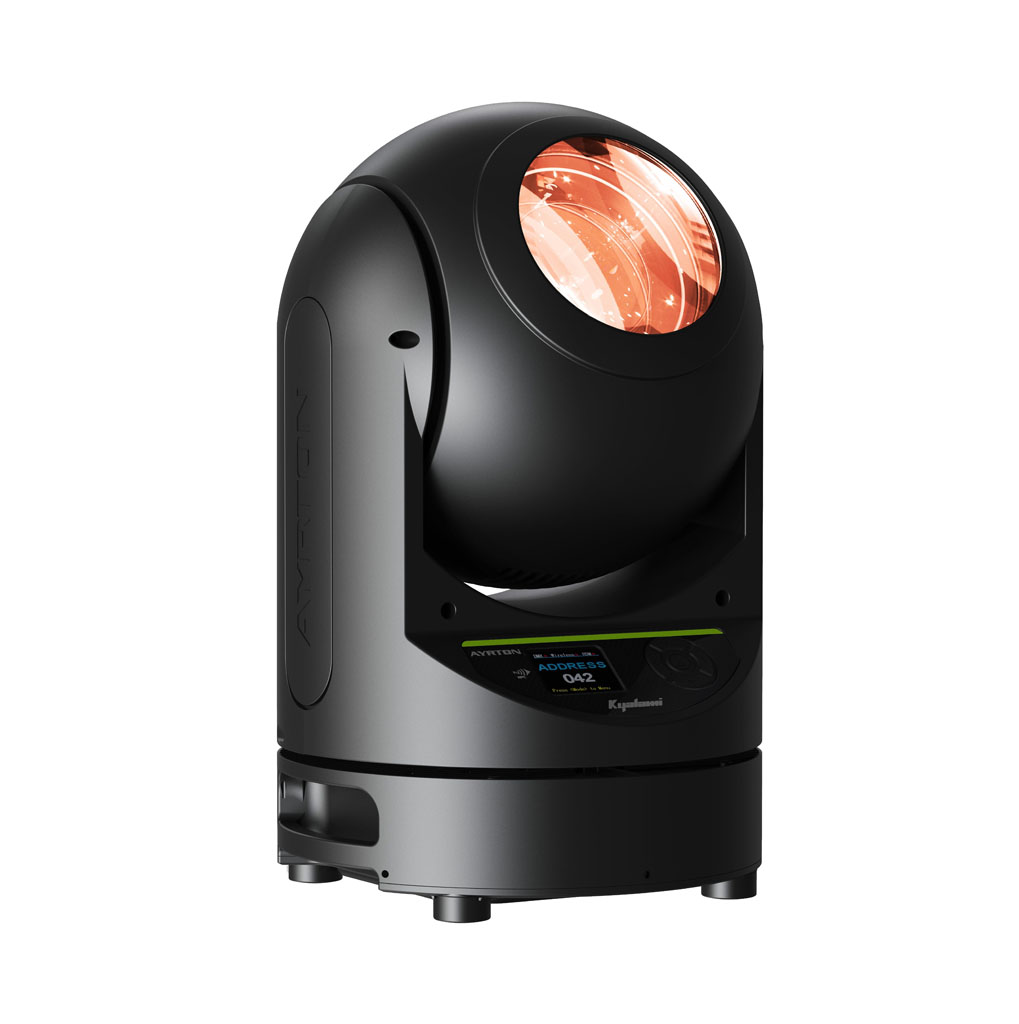
Subscribe to CX E-News
The Ayrton Kyalami is one of the more unique looking lighting fixtures we have seen in quite some time; a moving light that almost looks like a dome camera.
For those familiar, it is an upgrade from the Ayrton MagicDot, which was first released in 2015.
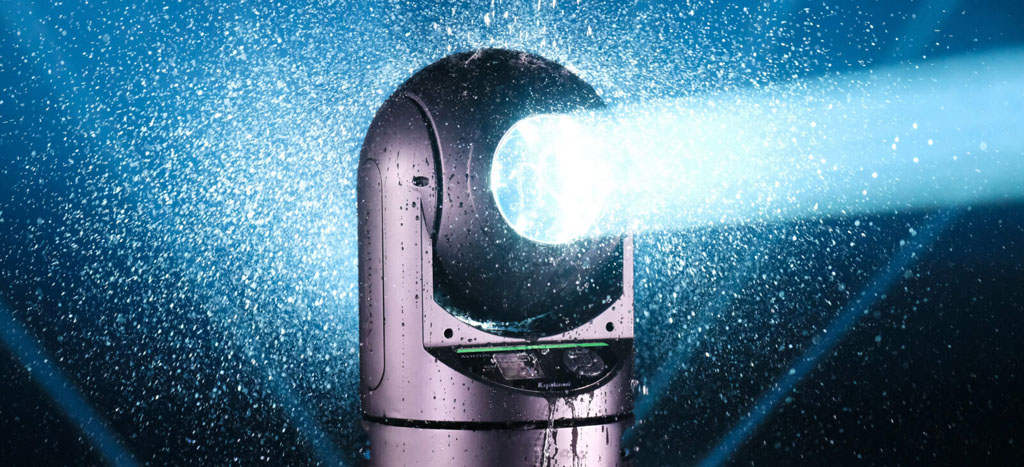
The fixture lays claim to a 1 degree beam, which could be considered to be its main selling point. It is IP65 rated and features infinite pan and tilt.
The Kyalami is a laser source moving head. It has a phosphor laser source, as opposed to the typical RGB laser source (also known as direct laser) found more often in laser source lighting fixtures.
Construction
The Kyalami is bigger than I thought it was going to be. I only had stock photos to go off, but it’s bigger than a MAC Aura, but not quite as big as a Sharpy. It’s heavier than it looks. I really like the way it looks, and I appreciate that Ayrton are trying to make a different looking light. It also has some functional advantages too, as you can place them right next to each other and they won’t touch if they pan and tilt. They also go in and out of a roadcase easier than just about any light I’ve ever seen. The Kyalami is IP65 rated, which is becoming standard for most Ayrton fixtures; a smart move. Although heavier than I first thought, at 14.5kg it is still on the lighter side and a relatively simply one-person lift.
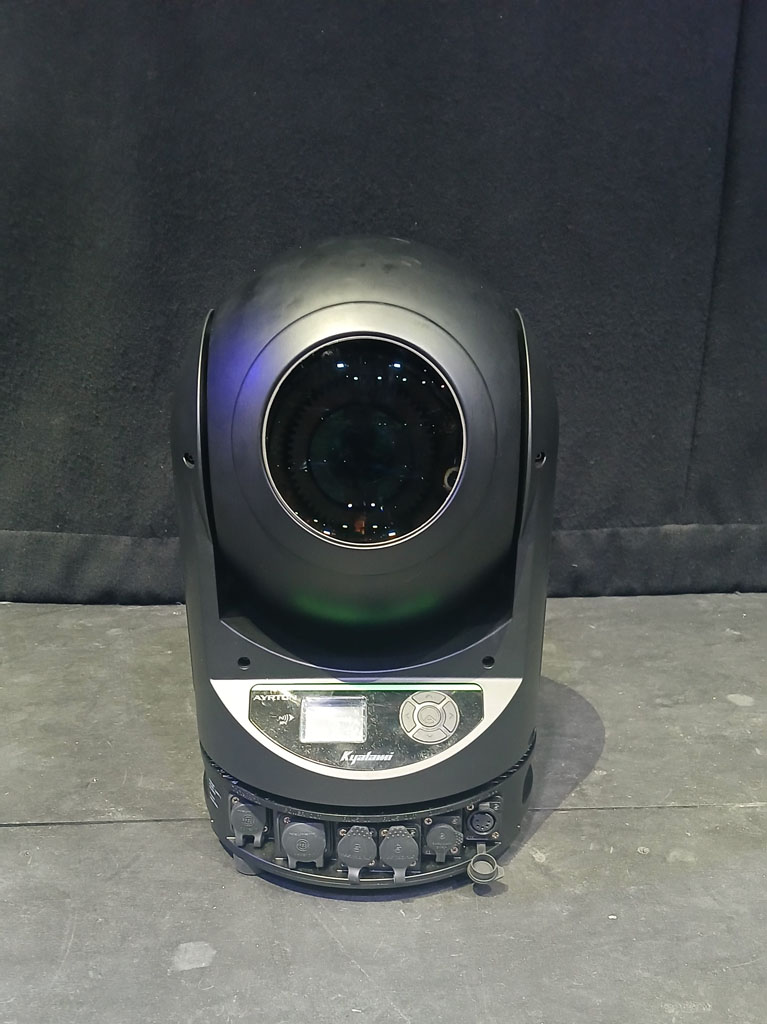
Optics, Colour, and Brightness
The Ayrton Kyalami features CMY/subtractive colour mixing. With the laser source, it delivers a very punchy, saturated colour palette which makes the beam very prominent. Even with the heavy frost dropped in, the colour is still very noticeable.
It delivers a luminous flux of 400,000 lux at 10m. It’s worth noting how cool the beam is to touch at close range. Those of you familiar with using high output beam lights know they can heat up in a hurry.

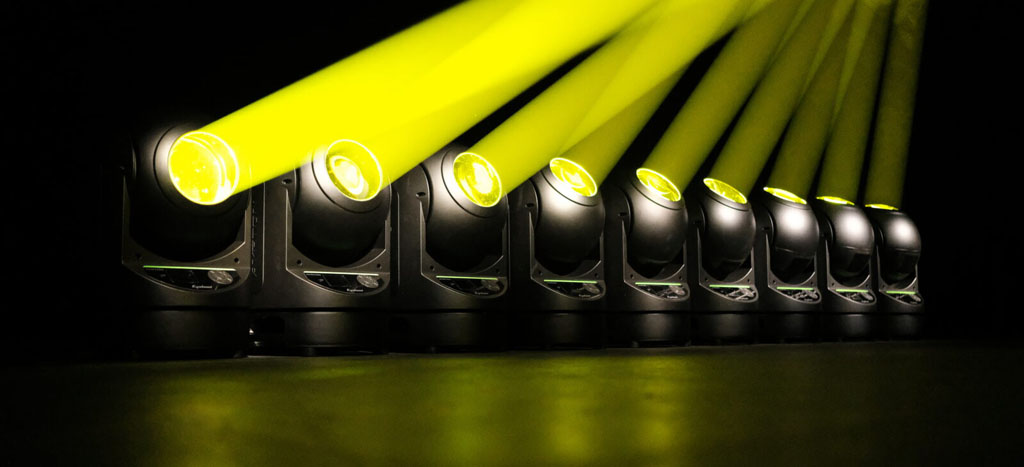
The Kyalami boasts five corrective filters, and 17 complementary colour filters to give a wide range of colours. The 126mm front lens is a modest size given the size of the light itself.
With a lot of the stage lighting market moving towards LED lighting fixtures, the decision to keep developing laser source fixtures and technology as much as Ayrton has is interesting. It has the potential to pay massive dividends down the line should we see a shift towards laser-based lighting.

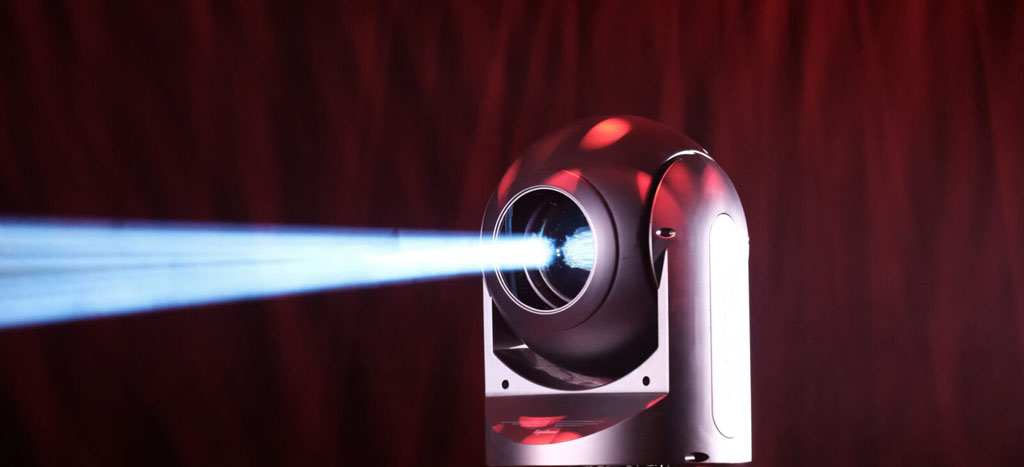
Applications and Features
Due to how punchy the beam is, it works well outside too. With such a narrow beam the light travels a good distance. The Kyalami isn’t just limited to outdoors; it works equally well indoors. They would work anywhere you would typically put a beam type fixture.
It has 29 fixed metal gobos. The number becomes even more impressive when you realise they are all beam gobos. It also has two prisms and two frost filters to further enhance and manipulate the beam, and the Kyalami really is all about that beam.

Control and Programming
The Kyalami draws only 200W of power, which is not a lot. It is very, very efficient for what it outputs. Technically you could get a dozen to a circuit. The power draw is similar to that of a MAC Aura.
It has a 33 channel DMX footprint, and at time of printing, it has just the one DMX control mode. The onboard control panel is much like every other Ayrton light we have seen in the last few years. The Ayrton control panel is easy to use and follow, so to see that again is great. Familiarity is a good thing in this case.
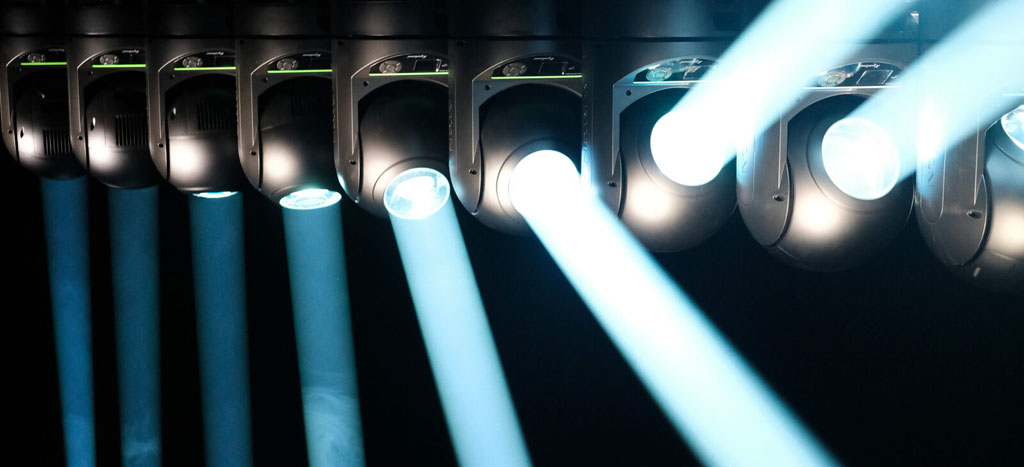
Verdict
It feels like lighting fixtures just keep getting brighter and brighter. The Kyalami certainly accelerates this trend. Another trend is the need to have a moving light that can do everything and then some. In this sense, the Kyalami goes the other way. You could argue then, that in order to differentiate your offering, have your light do one thing better than any other light. Looks aside, I feel as though the Kyalami will be best known for one thing: its tight, bright beam, arguably one of the best on the market today. This should see it make an appearance in many events and installs.
The Kyalami is a really cool, futuristic looking light, and I do wonder if it is a look Ayrton will build on in the future. A LED-based wash or profile based on the same design would be awesome to see. Something else I would love to see would be a smaller version of this light that could be used en masse. Ayrton continues to push new products into every corner and niche of the entertainment lighting market.
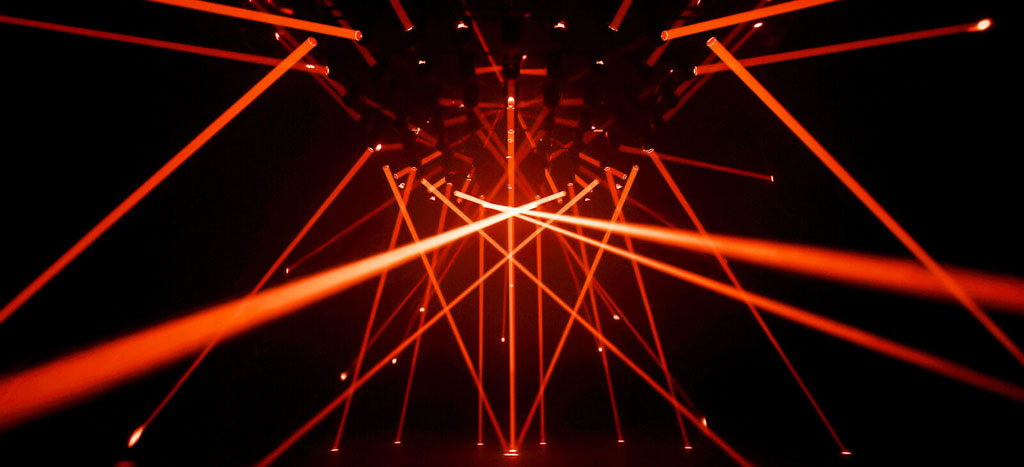
Its latest move with the Kyalami is yet another aggressive, and impressive step forward.
Product Info: www.ayrton.eu/produit/kyalami/
Distributor AU: www.showtech.com.au
Distributor NZ: www.showtech.com.au/homenz/
Direct/RGB Laser source vs Phosphor Laser source
RGB projectors consist of many red, green and blue lasers, which output at varying levels and mix to make different colours. The laser output is mixed, processed by the projector’s DMD (Digital Micromirror Device) chips, and directed through the lens.
A phosphor laser source uses just one colour laser (typically blue for price and efficiency) which shines onto a spinning yellow phosphor wheel. The chemical compound phosphor absorbs the light, and radiates a bright, yellow light which is captured and split into primary colours.
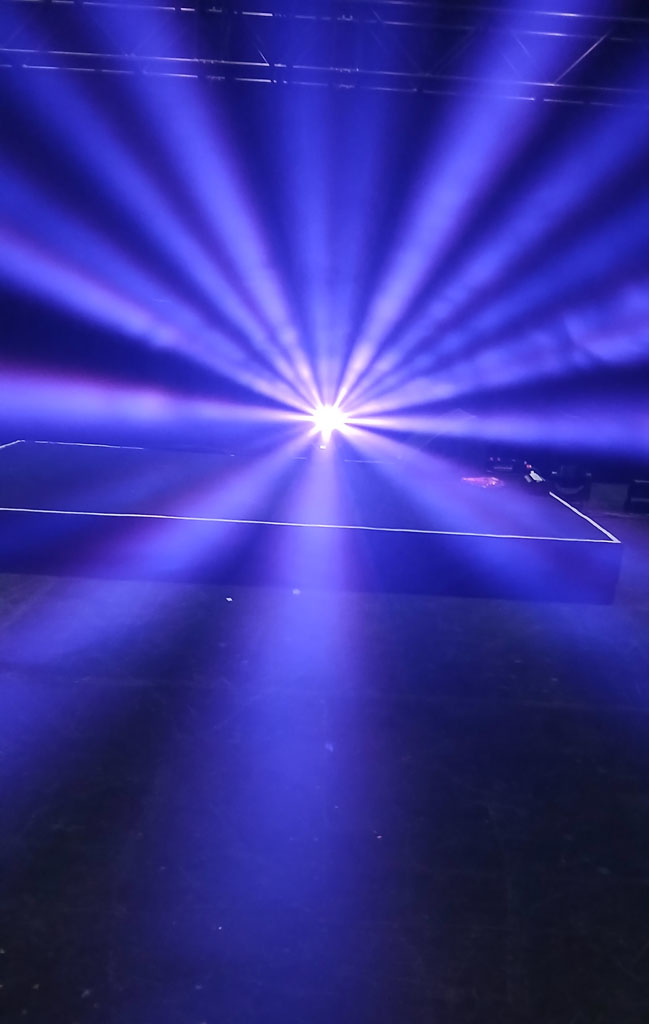
The Specs
- Three element optic system Beam aperture: 1°
- Fast motorised linear focus 126mm frontal lens
- Luminous flux: 400,000 lux at 10m Colour temperature output: 9000K CRI: greater than 70
- Fixed colour wheel with five colour temperature correction and 17 complementary colours
- Fixed gobo wheel with instant access to 29 metal gobos
- Two frost filters: one light, one heavy
- Two combinable rotating and indexable prisms: one 32-facet circular, one 5-facet linear
- Integrated wireless CRMX TiMoTM RDM receiver from LumenRadio
- Dimensions: 265 x 430 x 265mm (l x h x d)
- Weight: 14.5kg
Subscribe
Published monthly since 1991, our famous AV industry magazine is free for download or pay for print. Subscribers also receive CX News, our free weekly email with the latest industry news and jobs.






